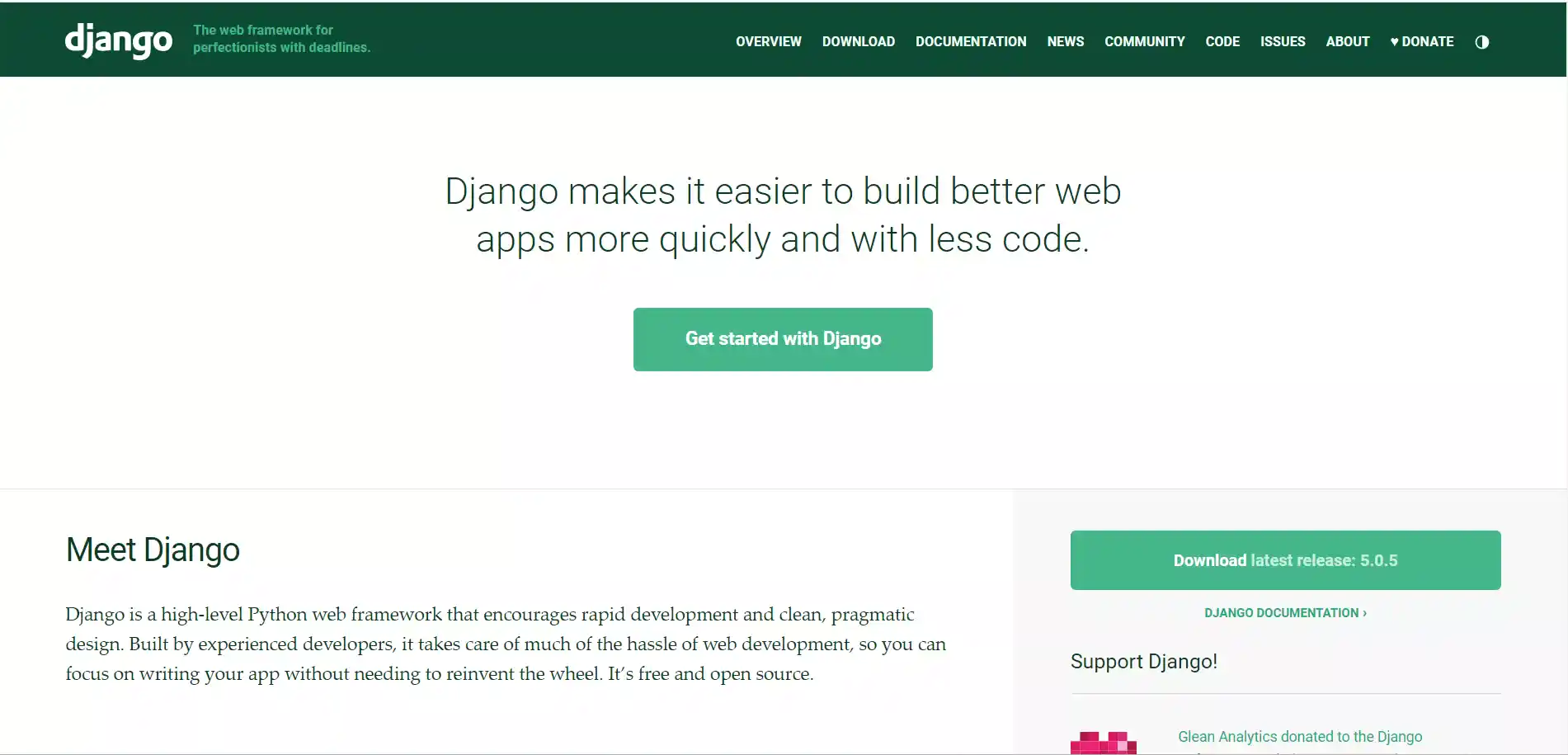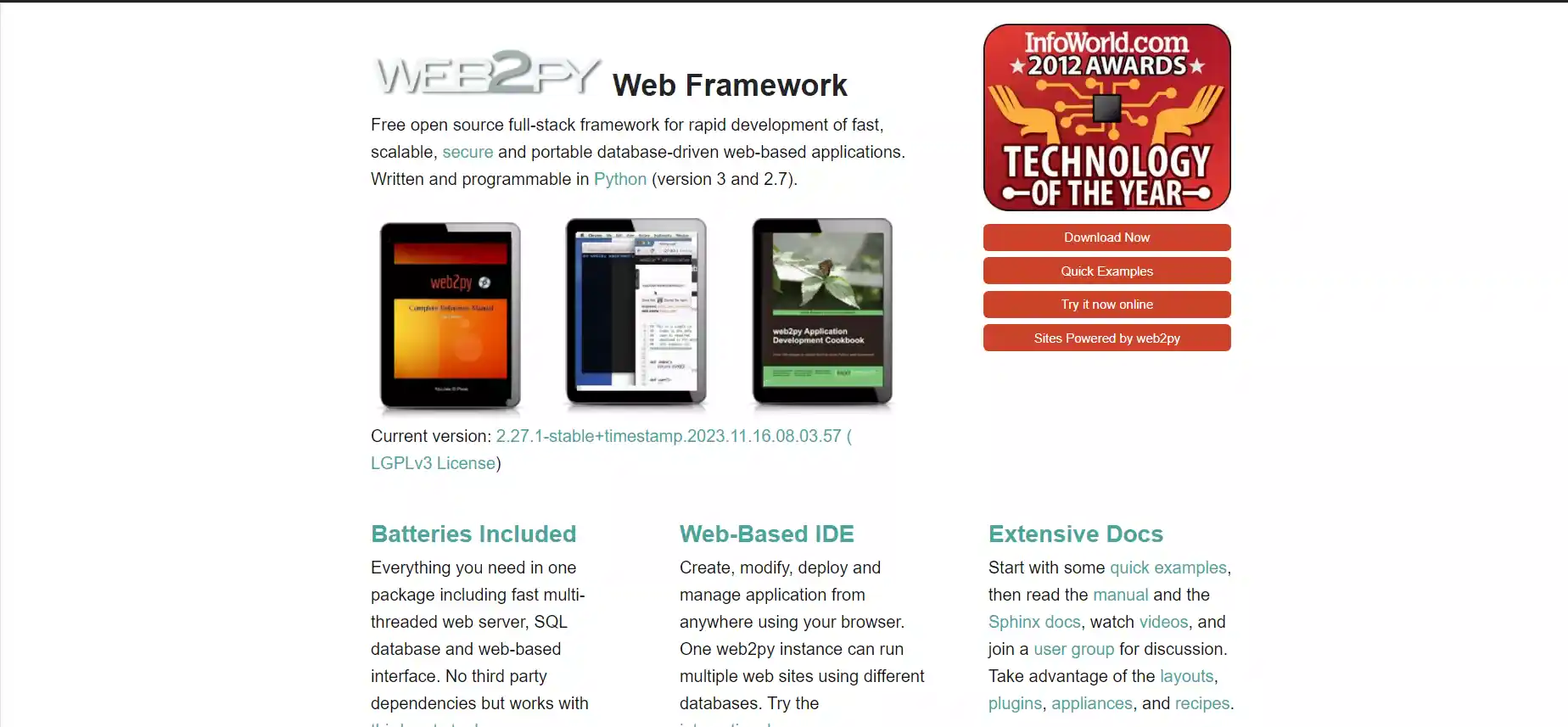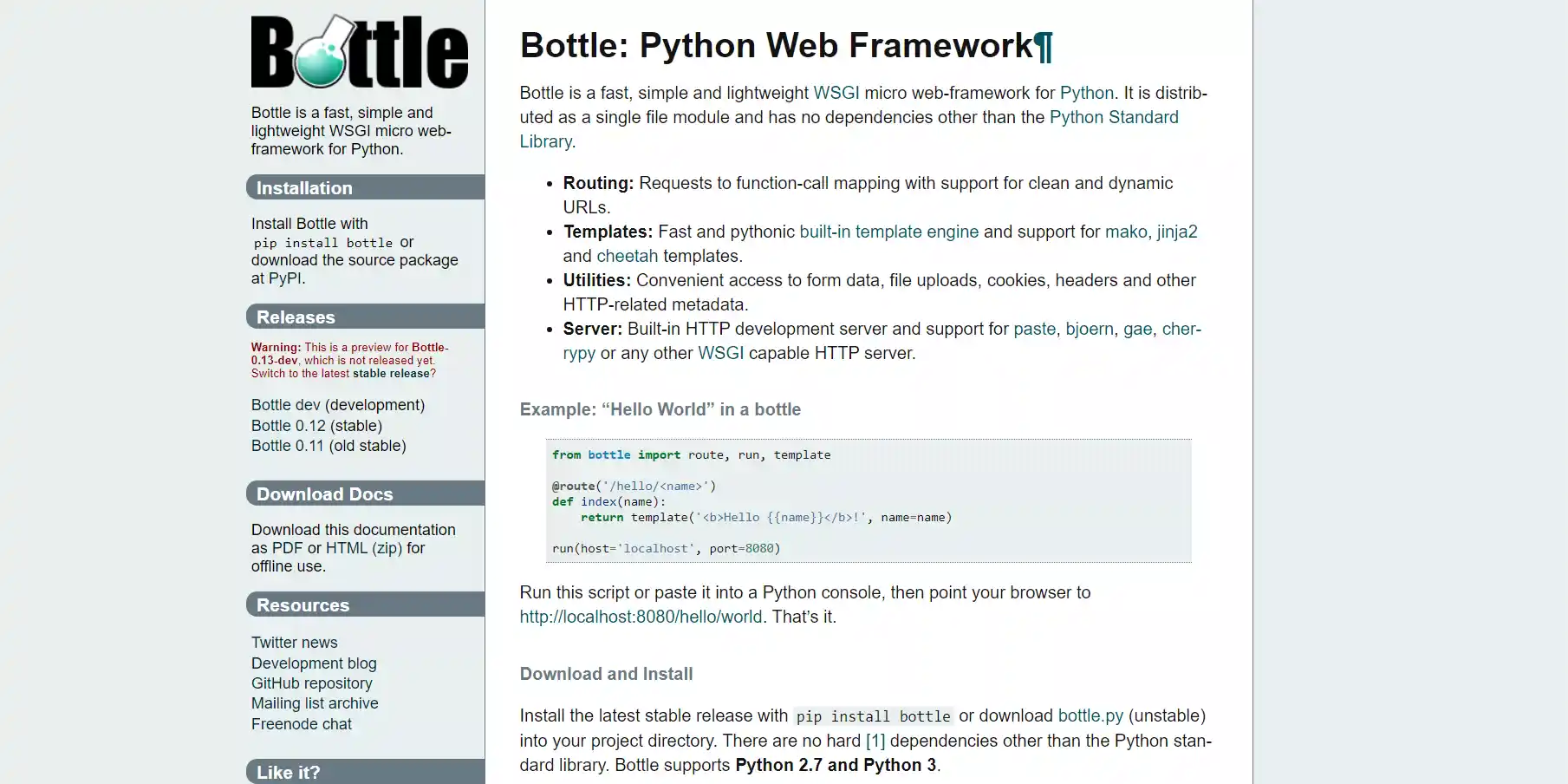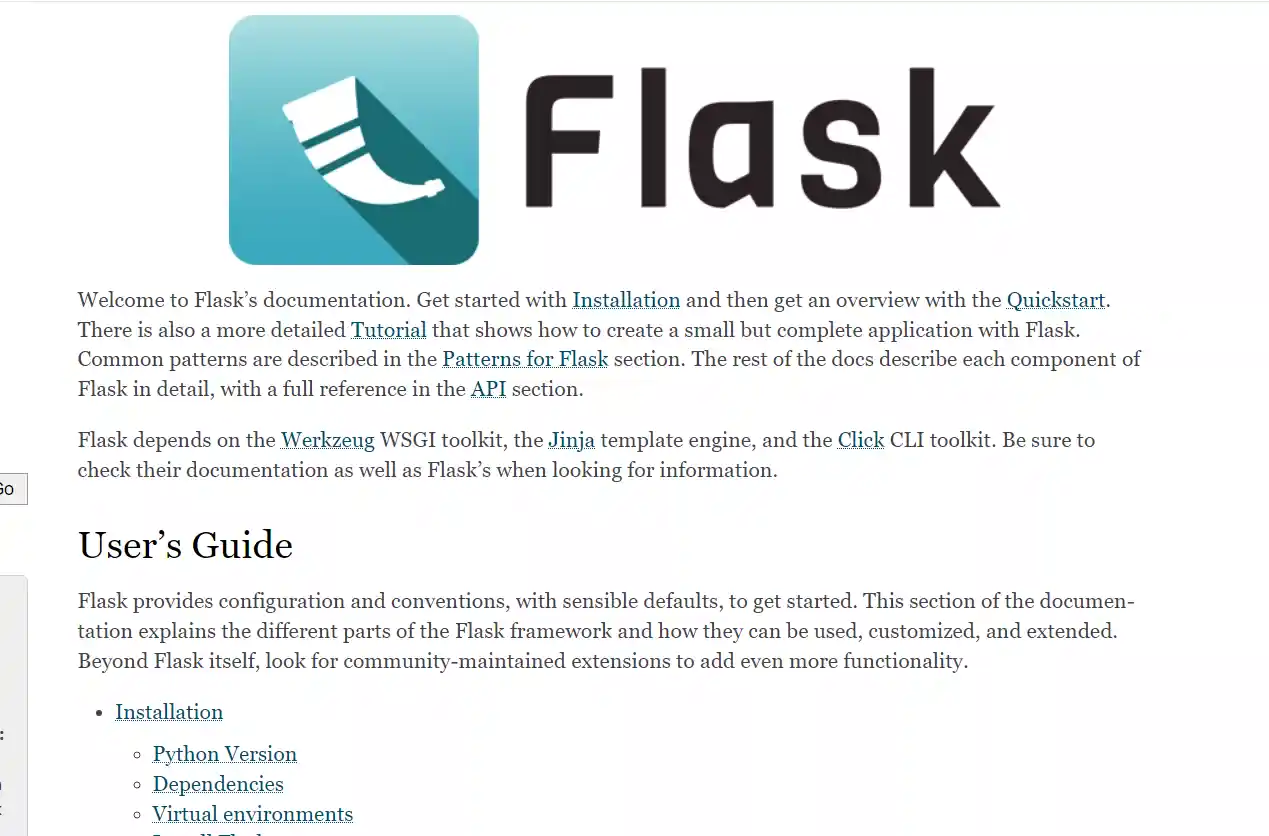Table of Contents
In today’s competitive landscape, small businesses are increasingly leveraging apps to engage customers and streamline operations. However, the success of these endeavors hinges on the choice of the right framework. Enter Python Framework: a versatile, secure, and user-friendly language poised to revolutionize mobile app development.
Discover how Python Framework can elevate your app’s performance, ensuring customer satisfaction and preserving your business’s reputation.
Why Python Framework?
Despite Python’s popularity, its limited compatibility with smartphones posed challenges for app development. However, the emergence of Python frameworks has revolutionized the landscape.
These frameworks, comprising modules and packages, streamline app creation, enhancing speed and efficiency. While numerous options exist, we delve into the five paramount Python frameworks tailored for app development.
Top 5 Python Frameworks for App Development
In the realm of Python frameworks, each offers unique advantages and ideal use cases, making the choice dependent on specific project needs. While refraining from assigning a singular ‘best’ framework designation, certain options stand out for their popularity and ability to facilitate rapid app development.
1. Django
- As a full-stack framework, Django boasts an extensive array of built-in libraries, making it a favorite among engineers.
- Its pragmatic and clean design, coupled with rapid development capabilities, distinguishes it in the field.
- Particularly lauded for backend development, Django adheres to the MVC pattern, enhancing code modularity, readability, and reusability.

- Developers appreciate its capacity to swiftly construct robust applications, with the added benefit of cross-platform compatibility.
- Noteworthy features include an excellent template system and customizable options, contributing to its appeal.
- Django’s simplicity, flexibility, and scalability enable seamless handling of high traffic, with automated management of database connections, data serialization, and app configurations.
- However, some developers perceive Django’s monolithic structure and extensive built-in functionalities as potentially overkill for smaller projects.
2. Web2Py
- Platform Independence: Web2Py is highly regarded for its platform independence, enabling seamless operation across all major operating systems.
- Full-Stack & Open-Source: As a full-stack and open-source framework, Web2Py simplifies the app development journey.
- Integrated IDE: Its dedicated web-based IDE streamlines development with features like a code editor, debugger, and one-click deployment.

- Key Features:
- No Installation Hassles: Users benefit from the absence of installation and configuration prerequisites.
- Protocol Compatibility: Capable of reading multiple protocols, enhancing flexibility in data handling.
- Robust Security Measures: Web2Py prioritizes data security, ensuring robust protection for applications.
- Error Tracking: Equipped with an error tracking mechanism, aiding developers in identifying and resolving issues promptly.
- Access Control: Offers role-based access control, enhancing security and user management.
- Backward Compatibility: While proficient, it’s noteworthy that Web2Py does not support Python 3, potentially limiting its adaptability in modern environments.
3. CherryPy
- With a history spanning over 20 years, CherryPy stands as one of the pioneers in microframeworks.
- Embracing a minimalist philosophy, this open-source, object-oriented framework facilitates the development of stand-alone apps embedded with multithreaded servers.

- Why do developers favor CherryPy?
- It offers flexibility in data access and template creation, supporting various technologies.
- Capable of running multiple servers concurrently, enhancing scalability.
- Integral features like caching, encoding, and authentication are pre-built, streamlining development.
- Notably, CherryPy is compatible with Android platforms.
- Boasting a robust configuration system ensures smooth setup and customization.
- Additional perks include built-in support for profiling, coverage analysis, and testing.
- Despite its strengths, CherryPy suffers from a notable drawback: a dearth of comprehensive documentation, potentially impeding progress as developers navigate unfamiliar features.
4. Bottle: Fast, Lightweight, and Versatile
Bottle stands out as a swift and minimalistic microframework, perfect for rapid prototyping and the swift creation of online services and apps. Packaged as a single file module, it boasts seamless integration with the Python Standard Library, eliminating external dependencies.

- Built-in HTTP server for streamlined development.
- Adapter support for integrating third-party template engines, enhancing flexibility.
- Plugin compatibility extends to various databases, facilitating seamless data management.
- Simplified metadata access, enhancing developer convenience.
However, Bottle’s primary drawback lies in limited online support and challenges when scaling projects beyond 1000 lines.
5. Flask
- Ideal for web applications of any scale, Flask stands out as a microframework devoid of dependencies on external tools or libraries.
- Originating from an April Fool’s joke by Armin Ronacher, a Pocoo member and open-source developer, Flask quickly gained traction, evolving into a serious contender.
- While lacking advanced functionalities like form validation and database abstraction layers, Flask compensates with a wealth of extensions.

- Developers opt for Flask when seeking a lightweight framework suitable for swift deployment in uncomplicated projects.
- Pros:
- Requires minimal Python coding for implementing headers and other essential features.
- Offers rapid setup and deployment.
- Features a user-friendly learning curve.
- Cons:
- This may lead to the slow development of minimum viable products (MVPs).
- Incurs higher maintenance costs in complex systems.
Conclusion
The diverse landscape of Python frameworks offers developers an array of choices to suit their project requirements. Whether it’s the robust capabilities of Django, the simplicity and speed of Flask, or the platform independence of Web2Py, each framework brings its own strengths to the table.
Ultimately, selecting the right framework hinges on factors such as project complexity, scalability needs, and developer preferences. By leveraging the power of these Python frameworks, developers can streamline their app development process, innovate more efficiently, and bring their ideas to life with greater speed and agility.